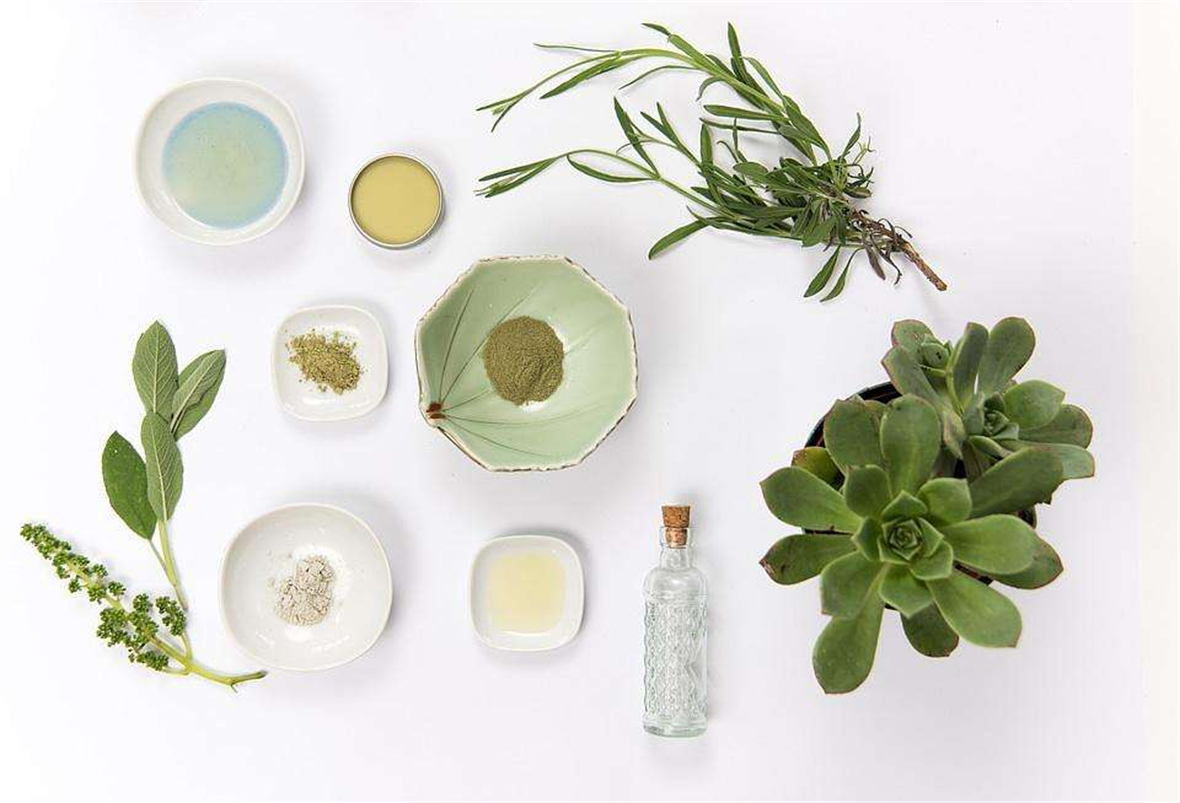1. Endothelin antagonists
It is extracted from the European herb chamomile, which can resist endothelin and inhibit the production of melanocytes. The uneven distribution of endothelin in the skin is the main factor leading to the formation of pigmentation. Endothelin antagonists can inhibit endothelin.. tyrosinase and promote the differentiation of melanocytes.
Studies have found that endothelin antagonists extracted from aquatic organisms have low cytotoxicity and can inhibit the differentiation of endothelin on melanocytes and the activity of tyrosinase. Skin hyperpigmentation diseases caused by increased -l may have application prospects.
2. Resveratrol and its derivatives
Resveratrol mainly exists in grapes, Polygonum cuspidatum, Veratrum and other plants, and inhibits the function of melanocytes and the activity of tyrosinase in a concentration-dependent manner, thereby reducing melanin synthesis. Jeong et al found that it is also associated with tyrosinase-related proteins in melanogenesis.
Jia Lili and other studies have shown that topical resveratrol can effectively improve skin color, has a certain whitening effect, and has no adverse reactions. Resveratrol has the disadvantages of instability and poor bioavailability. Studies have found that its derivatives (pentaalkyl ether derivatives and tetraester derivatives) have high bioavailability and can better inhibit the synthesis of melanin. It has broad application prospects in whitening cosmetics.
3. Camellia Extract
Camellia is the Camellia genus of the Camellia family. Nakamura et al. found that camellia flower bud extract can inhibit melanin production and promote fibroblast differentiation. Huang Xiaofeng and other studies have concluded that the Dianshan tea branch and leaf extract is better than arbutin in terms of cell proliferation and inhibition of tyrosinase activity, and has better properties than arbutin. It is a new type of skin whitening agent and has a wide range of applications. prospect.
Melanin Synthase Inhibitor
1. Arbutin
It is an important tyrosinase inhibitor, which can inhibit the activity of tyrosinase, block the synthesis of dopa and dopaquinone, thereby inhibiting the production of melanin, and can also significantly reduce pigmentation caused by ultraviolet rays, but it is stable Poor performance, with certain photosensitivity.
The study found that arbutin with a concentration of 3% has good properties, low cytotoxicity, irritation and allergy, and the upper limit of its concentration cannot exceed 7%. A high concentration of arbutin will decolorize normal skin. Its natural active ingredient, glucopyranoside, has a stronger inhibitory effect on human tyrosinase than arbutin, and replaces arbutin because it is more effective and stable.
2. Licorice Extract
Its active ingredients are mainly liquiritin, isoliquiritin and licorice flavonoids. Liquiritin makes the skin melanin evenly distributed by dispersing the aggregated melanin, and achieves whitening effect; the main function of licorice flavonoids is to inhibit the activity of tyrosinase, DHICA oxidase and dopa pigment intermutase.
Studies have found that medical skin care products containing licorice extract and papain can help melasma and post-inflammatory hyperpigmentation, with less adverse reactions, and have certain .. and .. properties. Its concentration in whitening products is 10% to 40%, but the content of active ingredients in licorice is not high and the purification is difficult and expensive.
3. Chuanxiong Extract
Studies have found that Chuanxiong extract can effectively inhibit the activity of tyrosinase, showing a competitive inhibitory effect. Chuanqiong ointment developed through the compound formula of different emulsifiers and different thickeners, the research on its whitening efficacy and performance showed that 0.5%~1.0% Chuanqiong ointment has the characteristics of good stability, high performance and good whitening effect .
Salidroside and flavonoids are its main active components, and salidroside can damage lipids and cell membranes by ultraviolet rays. The extract can inhibit the synthesis of melanin and the activity of tyrosinase, and is an effective skin whitening agent. The study found that 1% and 5% of Rhodiola rosea extract did not cause adverse reactions in the human body, and it is a cosmetic active ingredient with high stability and has a broader prospect in cosmetic applications.
5. Aloin
It is a low molecular weight plant glycoprotein extracted from aloe vera. It mainly inhibits the formation of dopaquinone by competitively inhibiting the dopa oxidation site, and achieves non-competitive inhibition by competitively inhibiting copper ions on the hydroxylase site. The activity of tyrosine hydroxylase. In addition, aloin can also reduce the skin blackening caused by ultraviolet rays, and has a good repairing effect on the skin after sun exposure. Aloin is hydrophilic and non-cytotoxic. Mixing aloin with arbutin can improve the whitening effect.
It mainly exists in the bark, roots, leaves and fruits of plants, and its whitening effect is mainly related to its absorption of ultraviolet rays, antioxidant elimination of free radicals, and inhibition of tyrosinase and peroxidase activities. Ellagic acid is a natural polyphenol extracted from pomegranate peel, bark and various fruits and vegetables. It can inhibit the proliferation of melanocytes, inhibit the activity of melanocyte tyrosinase, reduce melanin synthesis, Ultraviolet rays have a strong absorption effect, which can play a role in sun protection or scavenging free radicals by absorbing ultraviolet rays. Plant polyphenol is a kind of effective ingredient, which has broad prospects for the development and utilization of cosmetics.
Contact detail:
Shaanxi Ruiwo Phytochem Co.,Ltd.
Overseas Manager: Jason
Mob: 0086-18629669868
Email: jason@ruiwophytochem.com
Whatsapp: 008618629669868
Post time: Jul-13-2022





